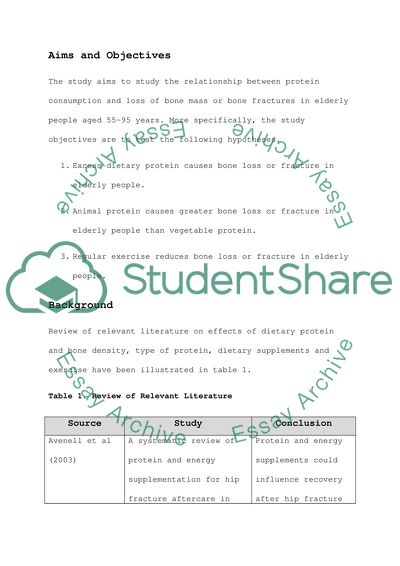Cite this document
(An Examination of the Relationship between Excess Dietary Protein and Research Proposal, n.d.)
An Examination of the Relationship between Excess Dietary Protein and Research Proposal. https://studentshare.org/health-sciences-medicine/1721975-proposal-for-master-project
An Examination of the Relationship between Excess Dietary Protein and Research Proposal. https://studentshare.org/health-sciences-medicine/1721975-proposal-for-master-project
(An Examination of the Relationship Between Excess Dietary Protein and Research Proposal)
An Examination of the Relationship Between Excess Dietary Protein and Research Proposal. https://studentshare.org/health-sciences-medicine/1721975-proposal-for-master-project.
An Examination of the Relationship Between Excess Dietary Protein and Research Proposal. https://studentshare.org/health-sciences-medicine/1721975-proposal-for-master-project.
“An Examination of the Relationship Between Excess Dietary Protein and Research Proposal”. https://studentshare.org/health-sciences-medicine/1721975-proposal-for-master-project.


